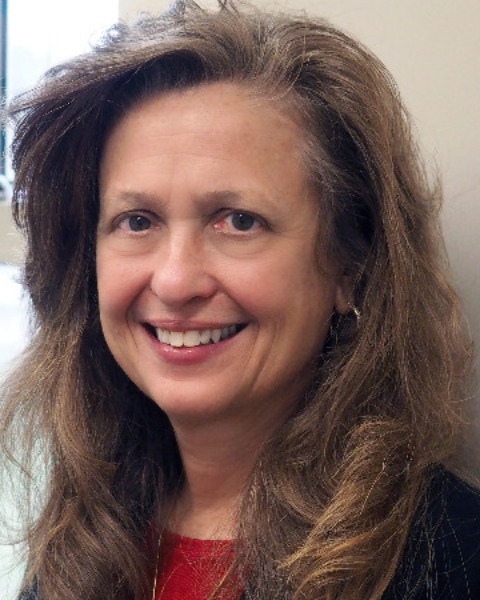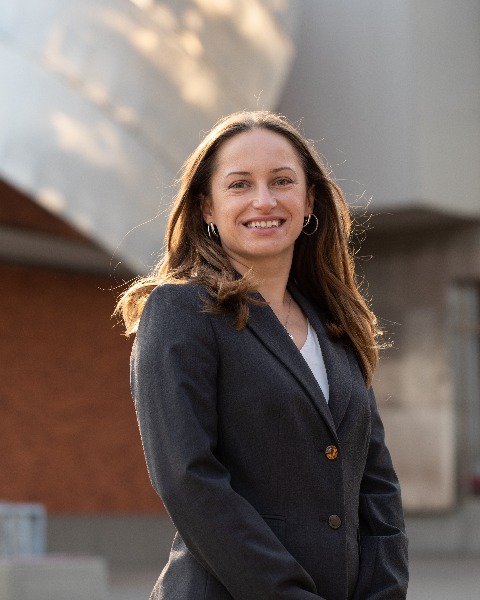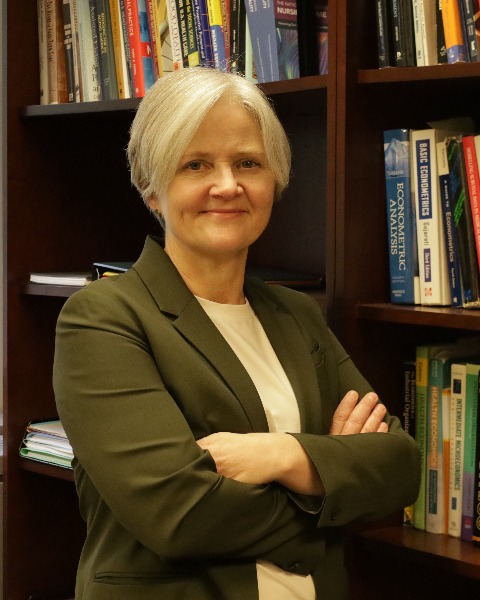Behavioral and Social Sciences
Older Adults’ Use of Home and Community-Based Services: Individual Attributes and Location Disparities
-

Karen Roberto, PhD, FGSA
University Distinguished Professor
Gerontology
Virginia Polytechnic Institute & State University
Blacksburg, Virginia, United States -

Tina Savla, PhD, FGSA (she/her/hers)
Professor
Center for Gerontology
Virginia Tech
Blacksburg, Virginia, United States -
SN
Suyoung Nah, PhD (she/her/hers)
Postdoctoral Fellow
Human Development and Family Studies
Virginia Polytechnic Institute and State University
Blacksburg, Virginia, United States -

Tetyana Shippee, PhD, FGSA (she/her/hers)
Professor
Health Policy and Management
University of Minnesota
Minneapolis, Minnesota, United States -
ZC
Zijing (Flora) Cheng, MS
PhD Candidate
University of Rochester Medical Center
Rochester, New York, United States -
RF
Richard Fortinsky, PhD, FGSA (he/him/his)
Professor and Health Net, Inc. Endowed Chair in Geriatrics and Gerontology
UConn Center on Aging
University of Connecticut
Farmington, Connecticut, United States -

R.Tamara Konetzka, PhD (she/her/hers)
Louis Block Professor
Department of Public Health Sciences
University of Chicago
Chicago, Illinois, United States
Chair(s)
Co-Chair(s)
Individual Symposium Abstract First Author(s)
Home and Community-Based Services (HCBS) are designed to support older adults with functional and cognitive limitations. Yet, use of services is low, gaps exist in service provision, and available services do not always meet the person’s need. This symposium focuses on idiosyncrasies surrounding HCBS use. Nah and colleagues identify individual (income, ADL limitations, informal support) and county-level (poverty and public spending on services) factors associated with HCBS use among persons living with dementia in rural Appalachia. Shippee and colleagues’ examination of services received/desired indicates that older adults who are Black/other race/ethnicity were more likely to receive ADS; individuals living with AD/ADRD consumed personal care services at the highest proportion. Cheng’s and Li’s assessment of generosity in supporting HCBS reveals that while overall state support for HCBS has increased, Medicaid and OAA programs expenditures for services varies substantially across states. Fortinsky and colleagues’ examination of risk factors for emergency department use among older adult Medicaid HCBS users shows use was associated with high school education, more severe depressive symptoms, and more chronic conditions; non-Hispanic Asian individuals had the lowest likelihood of use. Konetzka and Wang provide national evidence that use of Medicaid HCBS influences Medicare post-acute care utilization among the dually enrolled. Collectively, the symposium highlights the importance of taking into consideration individual variations in care needs, local and state support for HCBS, and disparities in healthcare and service use influencing older adults’ use of HCBS, and advances understanding of intersecting micro- and macro-level effects on service availability, use, and outcomes.
Learning Objectives:
- After attending this session, participants will be able to describe predictors of home and community-based service use among older adults.
- After attending this session, participants will be able to discuss the interplay of individual and contextual influences on older adults’ use of home and community-based services.
Presentations:
-
12:00 PM – 1:30 PM ETIndividual and County-Level Factors of Service Use by Dementia Family Caregivers in Rural Appalachia
Individual Symposium Abstract First Author: Suyoung Nah, PhD (she/her/hers) – Virginia Polytechnic Institute and State University
-
12:00 PM – 1:30 PM ETUnmet Need Among a National Sample of Older Adult HCBS Users
Individual Symposium Abstract First Author: Tetyana Shippee, PhD, FGSA (she/her/hers) – University of Minnesota
-
12:00 PM – 1:30 PM ETState Generosity in Home- and Community-Based Services (HCBS): Variations and Impact on Dementia Outcomes
Individual Symposium Abstract First Author: Zijing (Flora) Cheng, MS – University of Rochester Medical Center
-
12:00 PM – 1:30 PM ETEmergency Department Use Among Older Adults Receiving Medicaid Home- and Community-Based Services
Individual Symposium Abstract First Author: Richard H. Fortinsky, PhD, FGSA (he/him/his) – University of Connecticut
-
12:00 PM – 1:30 PM ETThe Role of Medicaid Home- and Community-Based Services in Use of Medicare Post–Acute Care
Individual Symposium Abstract First Author: R.Tamara Konetzka, PhD (she/her/hers) – University of Chicago
